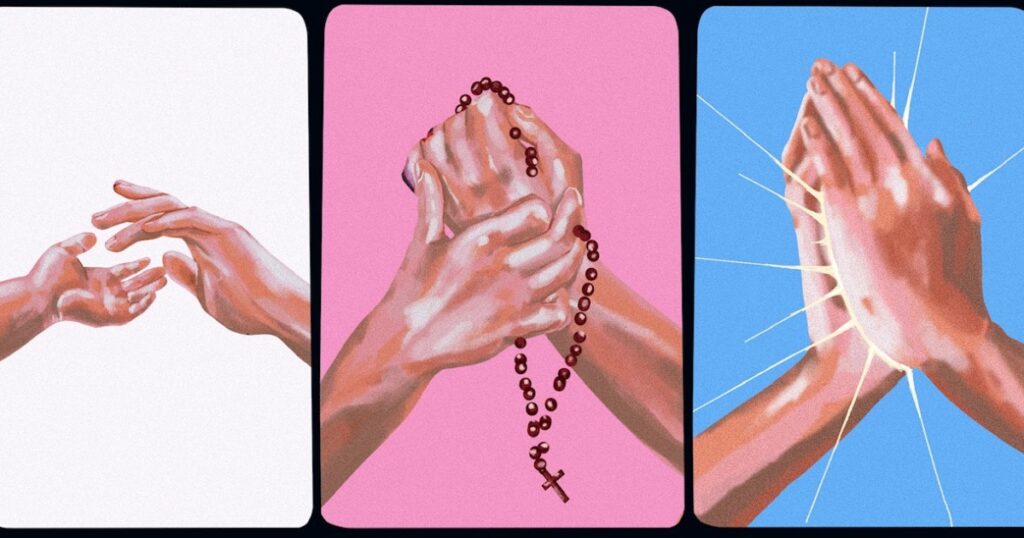I was about 10 years old when my best friend and I had what my family now laughingly refers to as the “holy water fight.” It all stemmed from a dispute over a goal during a recess soccer game in our summer church youth program. The details of the incident that prompted the fight are disputed to this day (it was not a goal) and led to my friend Steve and I brawling and rolling into the long brush bordering the grassy field we turned into our makeshift playing field.
The church’s message this week likely stamped out whatever hope I ever had to come back to Catholic services.
I can still remember the fury on the face of the chaperone who broke us up, a mustachioed man whose name I’ve long forgotten. Steve and I were still heated with each other as we re-entered the chapel to resume our Bible class. In a moment of frustration — or inspiration, depending on how you look at it — as we passed the holy water font near the entrance to the chapel, I reached out and slapped the water right at Steve.
Good Lord did I get in trouble for that decision, but it makes for a fond memory Steve and I, and my family, still regularly talk about to this day.
Growing up, my local Roman Catholic was my most important social connection outside of school. Most of my childhood friends were also Catholic, and every Sunday, we’d look forward to seeing each other at church. I knew even then that I was closeted transgender girl, though I did not understand at the time what that would end up meaning for my relationship with the church.
On Monday the Vatican released a document calling gender-affirming care “contrary to human dignity,” throwing my relationship with my faith even further away than it already was. I am a cradle Catholic — I grew up getting all the sacraments, from baptism to First Communion — but the church’s message this week likely stamped out whatever hope I ever had to come back to Catholic services.
I first left the church in 2002, not long after my…
Read the full article here





